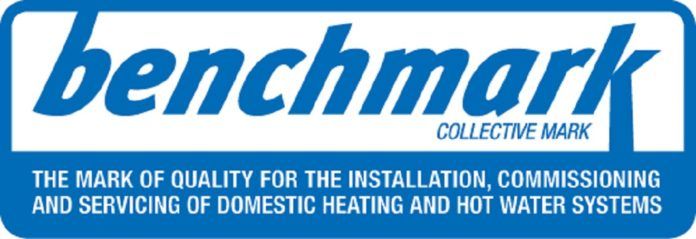
HPM technical expert John Love discusses the role of system cleansing while upgrading existing heating systems, including the importance of the Benchmark Logbook.
As a consulting engineer, I sometimes get involved with projects where problems have arisen, often due to lack of experience of the installer or inadequate consideration of design issues.
This is particularly the case where existing systems are upgraded. When replacing an existing boiler the new one usually has to be of the condensing type, but occasionally there may be a situation in which it is not possible to install a condensing boiler.
For instance, where there is no way of disposing of the condensate, it is not possible to install a suitable flue, or the only possible point of flue termination is too close to a neighbour’s boundary or it is simply far too expensive.
Under these circumstances the justification must be proven by reference to the Guide to the Condensing Boiler Installation Assessment Procedure for Dwellings which is available on the government’s Planning Portal and an assessment form completed. This must be given to the householder and made available for Building Control or retained by the Approved Competent Person, as appropriate.
So, if we have an existing system and we are going to install a new condensing boiler, the system cleanliness and type are among the important considerations.
ACHIEVING A CLEAN SYSTEM
Dealing firstly with system cleanliness, as far as I know, all boiler manufacturers state that if a new boiler is being installed into an existing system, the systems must be properly cleansed, otherwise the warranty on the boiler will be invalid. Details of the cleansing procedure must be recorded in the Benchmark Logbook.
You cannot flush a system by simply draining it out through a draincock, even if a cleansing additive has been added. To flush a system effectively you must maintain an adequate water velocity in order to entrain and carry out any solid debris. You may achieve the required velocity when the system is initially full of water, provided the draincock is not blocked by the debris or the plug washer stuck inside, but as the system water level drops the water velocity will reduce, eventually to a trickle.
Using a Powerflushing unit will normally adequately cleanse the system, but even these may not remove all the debris, even when each individual radiator is powerflushed in turn. This is particularly true of old systems with larger bore steel pipework or cast iron radiators with large waterways. The Building and Engineering Services Association (BES) Domestic Central Heating Installation Specification DCHI/1 gives detailed advice on flushing and cleansing.
One option is to use an acidic cleanser, rather than a de-flocculating cleanser, which merely loosens debris and helps it to be held in suspension whilst being flushed.
Whilst I know from first-hand experience that an acidic cleanser will restore the system to an as new condition, with the inside of steel panel radiators as clean as the day they were manufactured, you never know whether it is the paint that is holding the rust together which is holding the water in – dissolve the rust and you will have a problem.
I would therefore only use an acidic cleanser if the client has been made aware of the risk and I could pressure test the system on completion, and, all parts are reasonably accessible, should there be a problem.
I have had clients who have taken the view that if a radiator is in a bad state then it will eventually leak anyway, and so they would prefer to find its weakness by acidic cleansing and pressure testing, rather than six months later when they are away on holiday.
If you do not have access to a Powerflushing unit then drain the system through a draincock and remove a radiator at the lowest point of the system. Remove the valve bodies from the pipe tails and fit three turn lever handled ball valves which will at least give you full bore drain points.
Do not use Ballofix type valves as these have a restricted bore. You can then re-fill and flush at a good velocity. Once the system has been cleansed and the new boiler installed it is now recognised that the installation of a magnetic filter is a very worthwhile addition, since it will trap debris that may not have been flushed out, preventing it entering the boiler heat exchanger and potentially causing damage to pump bearings.
Part two will look at the factors to consider when deciding whether to remain as an open vented system or change to a sealed one.
